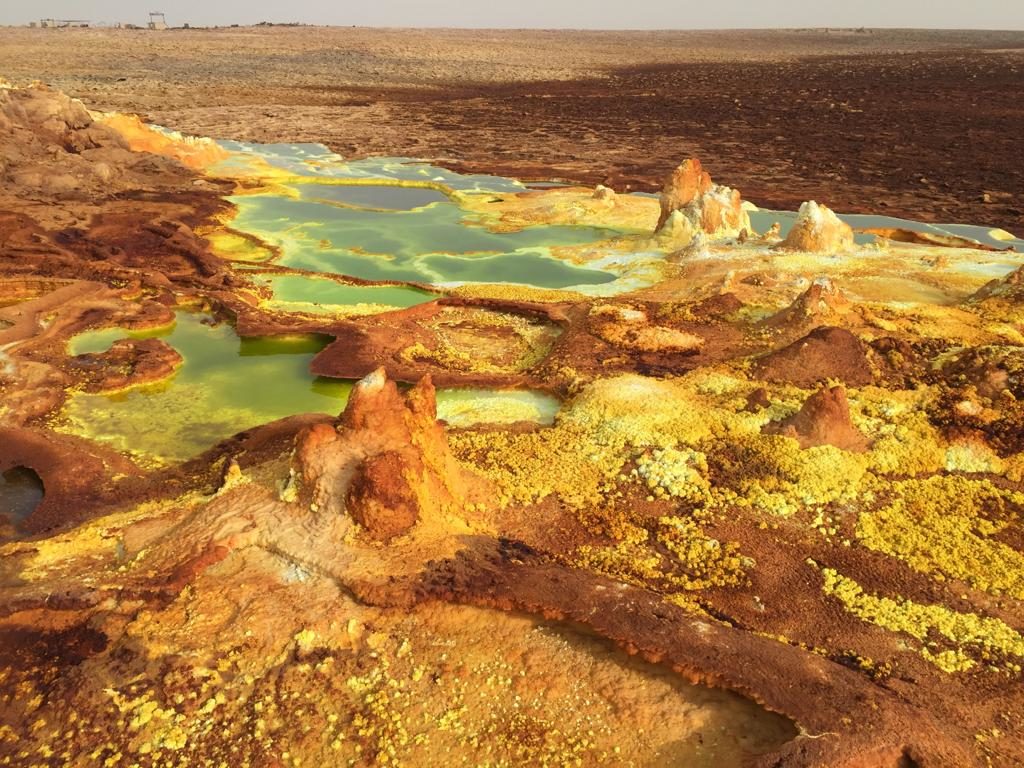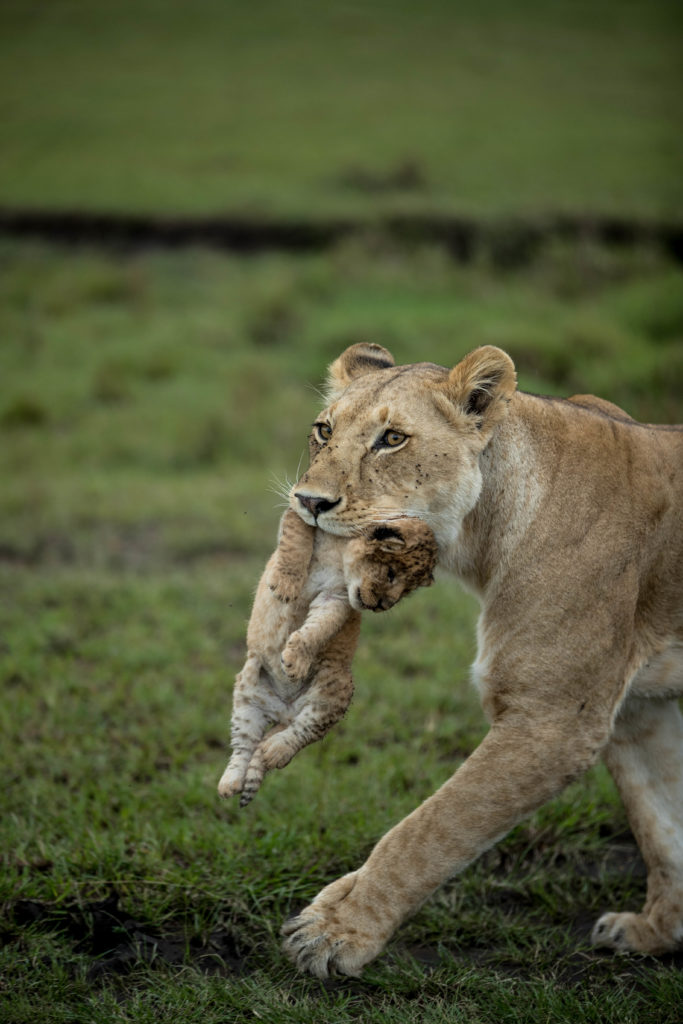3,000 years of history in Ethiopia

Nowhere else south of the Sahara can you be immersed in such a rich tapestry of history than in Ethiopia. Since the royal visit of the Queen of Sheba to King Solomon, a dynasty has ruled this nation, and this year I was back exploring some of the country’s most impressive ancient heritage.

The towering sandstone cliffs and pillars surrounding the town of Gheralta, in the Tigray highlands of the north east, offer many of the most incredible scenes and historically significant archeology in Ethiopia. Housed within these mountain retreats are monasteries dating back to the 4th century, complete with original scripts and biblical scenes painted using natural berry and flower pigments. Orthodox priests maintain their epic vigil and religious routines, hermit-like on the tops of the cliffs.
The monasteries are typically only accessible by foot and a visit often entails some quite strenuous hiking up the well-worn trails, where centuries of pious footfalls have left a sheen on the stony paths. It’s a stunning place to walk and to witness a special panoramic majesty. We admired the detail and rigor of the artists and engineers who crafted these structures over 1,000 years ago. Going in by helicopter allowed us to visit more churches in a shorter space of time, and also to access several that were completely off the beaten track. This flying with Phil Mathews, pilot extraordinaire, who knows every inch of this country, has to be some of the most breathtakingly beautiful on the continent.

I also finally got to the infamous Danakil Depression in June. Sitting below sea level, with its lava flows and salt caravans, the Danakil Depression is one of the harshest yet most spectacular habitats in Africa. Visiting here, we quickly understood why the Danakil tribesmen are undoubtedly some of the hardiest folks around.

By helicopter, we swept in over the kaleidoscopic mineral-stained earth, landing at several locations where it seemed the very core of the planet was bubbling to the surface. Volcanic flows that had remained for millennia beneath the Red Sea now simmer away in this most dramatic, blistered terrain. We found the salt-miners hauling out their bounty, and seeing them load their camels in this timeless way was moving. I wondered how few people in the interior of this country knew what it took to bring this cherished flavoring to their tables, and noted how almost unchanged this activity had remained for millennia.













